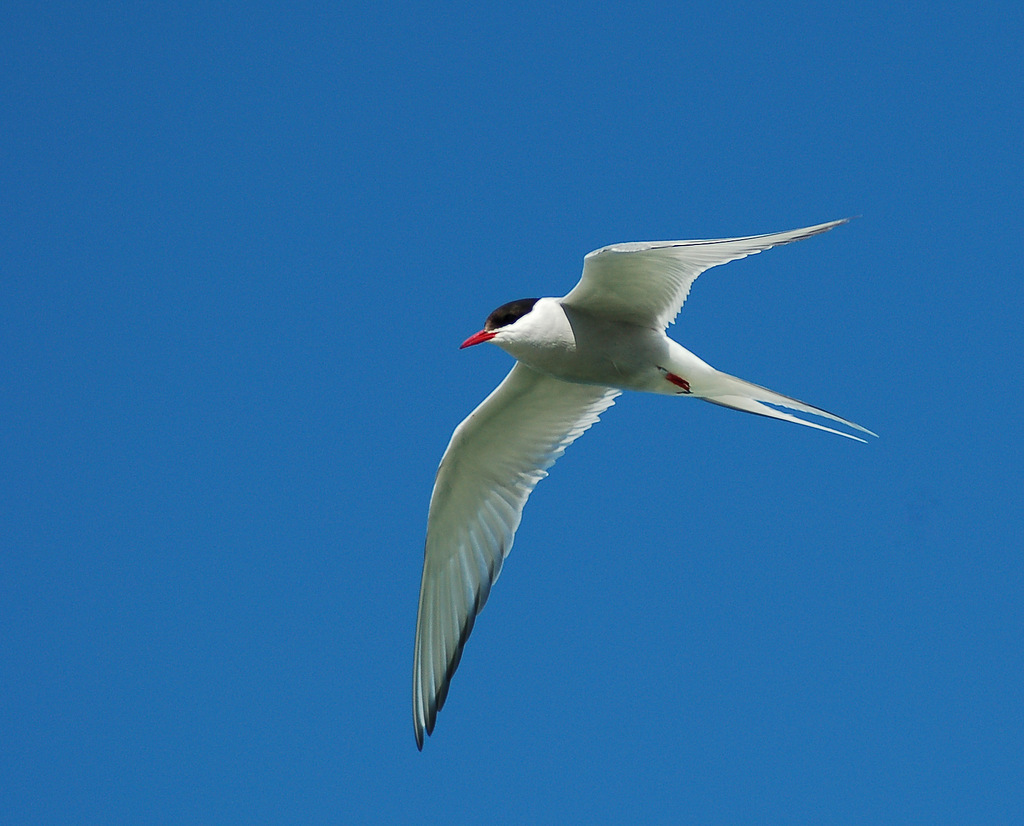Punctual terns on the wind
To see the first migratory birds in the spring has always been a welcome sign of spring for people along the coast of Norway, and predicting the future based on the arrival of the birds has been common. Climate change is expected to affect arrival dates of migrating birds. In a recent study, the arrival dates of Arctic terns to North Norway, where many terrestrial species have started to arrive earlier over the last 35 years, have been examined in search of any climate effects.
The Arctic tern (Sterna paradisaea) is a long distance migratory bird that breeds in the land areas around the North Pole and winters in the South Atlantic Ocean and Antarctica. Despite of its nearly 90 000 km long migratory path, the Arctic tern shows surprisingly little variation in arrival dates at the breeding grounds in the spring. In recent years, advances in timing of arrival to the breeding area is one of the observed effects of climate change in several migrating bird species. Observational data for arrival of Arctic terns to Troms county, north Norway, is the basis of a study aiming to find out if the terns have changed the date for the spring migration as a response to climate change.
Read the article:
The arrival date of the terns does not seem to depend on climate variables like sea surface temperature or the North Atlantic Oscillation (NAO), a phenomenon explaining most of the climatic variations in our part of the world. On the other hand, wind conditions along the Norwegian coast appear to play a key role for the arrival of terns to Troms. These small and light-weight birds are delayed when passing along the coast of Nordland county in years with mainly northeasterly winds, causing headwinds for the birds. In yeas with tailwinds from southwest, the birds arrive earlier.
Contact person: Rob Barrett, Tromsø University Museum
